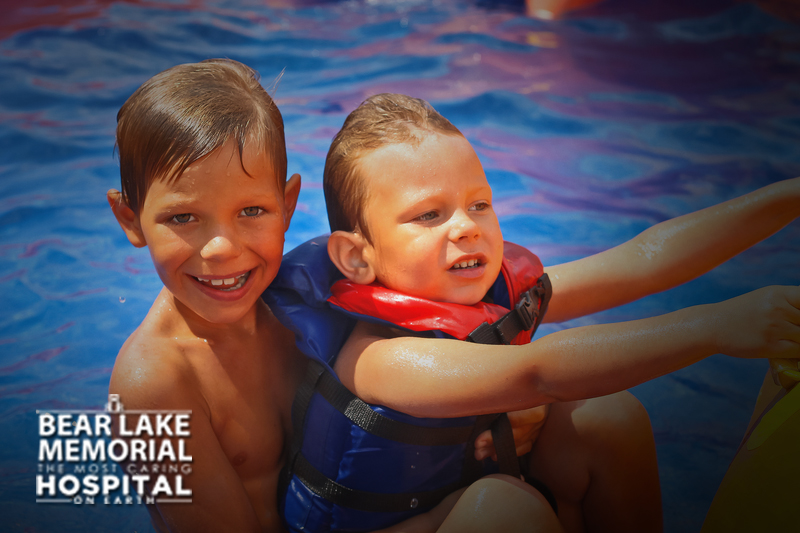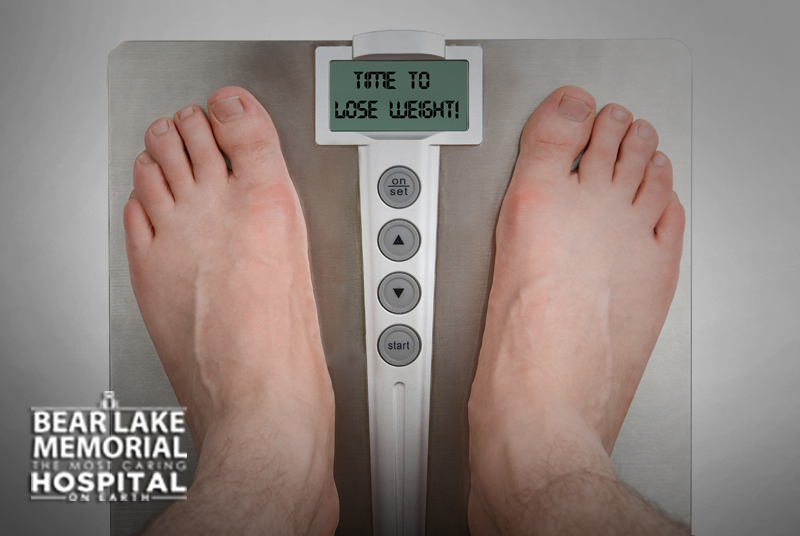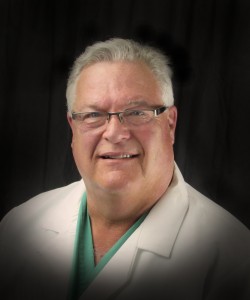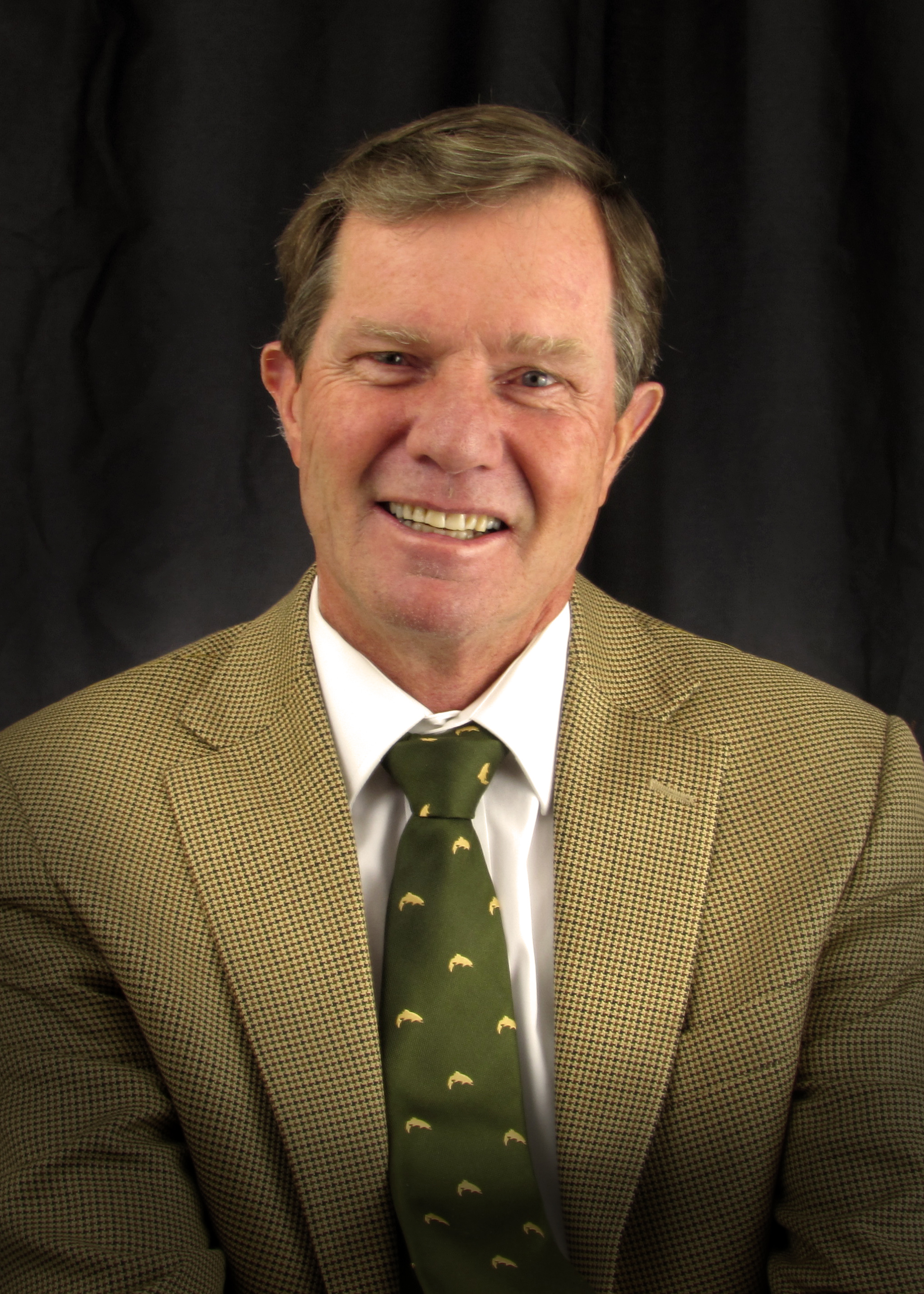 The Idaho Hospital Association presents Rod Jacobson with the Steven A. Miller Star Garnet Award on October 10, 2016 at their Annual Conference in Sun Valley.
The Idaho Hospital Association presents Rod Jacobson with the Steven A. Miller Star Garnet Award on October 10, 2016 at their Annual Conference in Sun Valley.
Rod has exemplified outstanding leadership in the pursuit of healthcare excellence throughout his career at Bear Lake Memorial Hospital (BLMH). He began his career at the facility in December of 1978 as a lab technician. Throughout his career at BLMH, he has been a visionary and progressive leader, always striving to improve himself, the organization, and the community; thus greatly impacting the health of this Idaho community in countless ways. He obtained his master’s degree in human resources management in August 1980 and resigned from his duties as a lab technician to take on the mantle of CEO in 1983. From day one, Mr. Jacobson has conveyed a leadership style of vision, excellence, compassion, and integrity. Under his direction, a staff of 254 employees and 1o4 volunteers has developed the “count on us to care” culture whose vision going forward is to be “The Most Caring Hospital on Earth.”
Bear Lake Memorial Hospital is a 21-bed critical access hospital in southeast Idaho that serves Bear Lake County and the surrounding areas. A small-town facility has become “The Little Hospital that Can,” offering state-of-the-art equipment, skilled and dedicated physicians and staff, a friendly and caring environment, and the center of health for the community. Throughout his career as CEO he has always looked for ways to exceed expectations, strive for excellence, and meet the needs of the patients, their families, and the community in a compassionate and professional manner. His personal mission statement is “I will only promise what I can deliver and I’ll always deliver more than I promise.” He has been a man of his word in living up to that statement as he always delivers more than he promises. Numerous projects and advancements have been initiated throughout Mr. Jacobson’s career as CEO. Expansion and growth has been a mainstay of his vision, including a major remodel project in 1997 which allowed for an updated lab, cafeteria, and a new physical therapy department. In 2006 the 35-bed skilled nursing facility was remodeled to include 10 new private patient rooms. The following year, an assisted living center was acquired and remodeled to accommodate 24 more of the aging population in the valley in a beautiful, home-like setting. In 2015 this same assisted living center was remodeled to accommodate 30 resident rooms and a large activity room. Programs and facilities have been added to meet the needs of the community, such as home health, mental health, dialysis, orthopaedics, a sleep lab, women’s health, and fitness and weight management. Another hospital remodel was initiated in 2012 with a HIPAA compliant entry/reception area, expanded physical therapy department, and the addition of the Auxiliary’s gift shop “The Sunshine Corner.”
This was not the end of his vision. In April 2014, hospital construction began again...beautiful modern, state-of-the-art, new private patient rooms that have the ability to allow family members to stay with the patient in a private setting, a nurses’s station that includes private physician portals, two ICU rooms in a private area, one new OR room, a new labor & delivery room with a jetted tub, a nursery, ample storage, a private med room, and a comfortable private waiting room for patient families. Mr. Jacobson’s vision of growth continues as the hospital is now implementing chemotherapy and mammography services. The hospital received awards and recognition for EHR compliance in 2012 under his direction and has since successfully adopted EHR in the nursing home as well as the hospital. Due to his sound fiscal planning, revenues of nearly one million in 1978 have increased to over 32 million as of the end of 2015. The ability to grow with the needs of the community involves two vital arms of Mr. Jacobson’s visionary leadership. One, the development and encouragement of both the hospital Auxiliary and the Bear Lake Valley Health Care Foundation. These entities provide the fund raising and volunteer support that allows for expansion projects, new equipment, and health fairs and screenings for the community. A population that is very poor monetarily has caught the vision of giving back in so many ways for the betterment of all. One example would be the Auxiliary’s Thrift Store which was established in 1998 under the somewhat skeptical direction of the CEO. Always willing to think outside the box, he gave the go-ahead to a project he was not sure was a winner. Today the volunteer run thrift store nets an average of $5,000 per month, provides a means for even the least affluent members of the community to contribute to the growth of the hospital (either through donations of goods or shopping) and has become a key hub of goodwill for the Bear Lake Valley.
The Health Care Foundation and the Auxiliary have funded over five million dollars of hospital growth and continue to thrive under caring and progressive leadership at Bear Lake Memorial Hospital. The second arm of Mr. Jacobson’s visionary leadership is the development of his “Grow Your Own” program. This is an education opportunity program for advancing the healthcare careers of individuals in the community and keeping them with the organization after their training is completed. Long-time employees now include former dairy farmers, a car salesman, an insurance agent, a science teacher, housekeepers, CNAs, and students from the high school’s medical careers class, all who have obtained their education and training and now serve in such capacities as radiologists, physical therapists, director of nursing, ultrasound technician, and a respiratory therapist. Recruitment and education of qualified and caring staff has resulted in an environment of dedication and loyalty to each other and to the community. Thanks to the dedicated leadership of Mr. Jacobson, Bear Lake Memorial provides outstanding, big-league healthcare in a small-town “treat you like family” environment. He has lent his visionary leadership skills to numerous other boards and projects during the course of his career at the hospital.
He served as chairman of the Idaho Hospital Association Board of Directors. He has been instrumental in developing a healthy community through his service in the Lions Club, Rotary Club, the Mosquito Abatement Board, and also assisted in the establishment of the National Oregon/Californian Trail Center in Montpelier. Because of his love for youth and his desire to see them succeed, he has donated countless hours working with Bear Lake Little League baseball for years. He organized and oversaw 24 years of the biggest All-Stars Baseball Tournament in Idaho. He was influential in growing the Allinger Parks organization to improve and expand city parks (while personally and proudly serving as maintenance man and chief sprinkler repairman). Probably the most notable, he served for 10 years as a scoutmaster for the Boy Scouts of America graduating 21 Eagle Scouts under his leadership. Mr. Jacobson is an administrator who has demonstrated vision and determination without end. He has spent countless hours preparing to leave this latest expansion as a legacy of the most caring hospital in the world, and patient rooms that reflect that goal in every detail. Not only has he been a leader for those at Bear Lake Memorial Hospital, but he’s been a leader in the healthcare field. He is an inspiration and role model to his peers. He has made an impact on anyone who has come in contact with him through his strong leadership abilities. This father of four, grandfather of 10, avid fly-fisherman, advocates for the betterment of mankind, makes a difference every day in the lives he touches and will do so for years to come thanks to his insightful, caring and progressive leadership.

 Bear Lake Memorial Hospital in Montpelier, ID was recently named one of the Top 100 Critical Access Hospitals in the United States by iVantage Health Analytics and The Chartis Center for Rural Health. BLMH is one of only three hospitals in Idaho that have received this ranking.
Bear Lake Memorial scored in the top 100 of Critical Access Hospitals on iVantage Health Analytics’ Hospital Strength INDEX®. The INDEX is the industry’s most comprehensive rating of rural providers. Each hospital is measured across eight pillars of strength: Inpatient Share Ranking, Outpatient Share Ranking, Cost, Charge, Quality, Outcomes, Patient Perspectives, and Financial Stability.
“It’s more important than ever that rural hospitals proactively understand and address performance in the areas of cost, quality, outcomes and patient perspective. iVantage’s INDEX was designed to serve as this industry model,” said Michael Topchik, national leader of the Chartis Center for Rural Health.
Bear Lake Memorial Hospital and its Skilled Nursing Facility have also been recognized as Five Star Facilities by the Centers for Medicare and Medicaid Services (CMS). Recognitions like these reinforce the high standard of quality healthcare the hospital provides and will continue to provide to the citizens of the Bear Lake Valley. Hospital Administrator, Dennis Carlson boasts, “This achievement is very gratifying and validates our daily commitment to providing the best health care possible to our community while maintaining an efficient and effective facility.”
Bear Lake Memorial Hospital in Montpelier, ID was recently named one of the Top 100 Critical Access Hospitals in the United States by iVantage Health Analytics and The Chartis Center for Rural Health. BLMH is one of only three hospitals in Idaho that have received this ranking.
Bear Lake Memorial scored in the top 100 of Critical Access Hospitals on iVantage Health Analytics’ Hospital Strength INDEX®. The INDEX is the industry’s most comprehensive rating of rural providers. Each hospital is measured across eight pillars of strength: Inpatient Share Ranking, Outpatient Share Ranking, Cost, Charge, Quality, Outcomes, Patient Perspectives, and Financial Stability.
“It’s more important than ever that rural hospitals proactively understand and address performance in the areas of cost, quality, outcomes and patient perspective. iVantage’s INDEX was designed to serve as this industry model,” said Michael Topchik, national leader of the Chartis Center for Rural Health.
Bear Lake Memorial Hospital and its Skilled Nursing Facility have also been recognized as Five Star Facilities by the Centers for Medicare and Medicaid Services (CMS). Recognitions like these reinforce the high standard of quality healthcare the hospital provides and will continue to provide to the citizens of the Bear Lake Valley. Hospital Administrator, Dennis Carlson boasts, “This achievement is very gratifying and validates our daily commitment to providing the best health care possible to our community while maintaining an efficient and effective facility.”



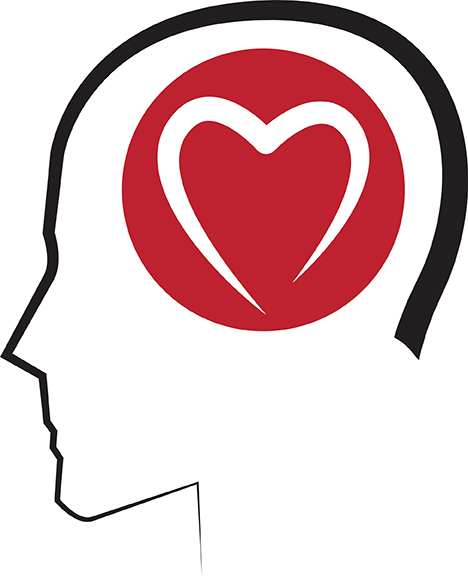 The only constant about your brain is that it’s always changing. Even after we have reached maturity, our brain continues to change. These changes are sometimes referred to as “brain plasticity.” Our experiences, habits, and the information we receive all have a part in the changes taking place in our brain. New experiences and knowledge greatly contribute to keeping our brains working, developing, and learning.
Sometimes we become concerned by changes in our brain. We lose our keys and forget people’s names. While some of this is attributed to changes in our brain, lapses in memory can also be caused by certain medications, lack of sleep, and other factors such as excessive alcohol.
The brain is like a muscle and when we use it, we feel better. There are lifestyle habits that are not only good for our body but also our brain. Here are some suggested activities that are good for the aging brain:
The only constant about your brain is that it’s always changing. Even after we have reached maturity, our brain continues to change. These changes are sometimes referred to as “brain plasticity.” Our experiences, habits, and the information we receive all have a part in the changes taking place in our brain. New experiences and knowledge greatly contribute to keeping our brains working, developing, and learning.
Sometimes we become concerned by changes in our brain. We lose our keys and forget people’s names. While some of this is attributed to changes in our brain, lapses in memory can also be caused by certain medications, lack of sleep, and other factors such as excessive alcohol.
The brain is like a muscle and when we use it, we feel better. There are lifestyle habits that are not only good for our body but also our brain. Here are some suggested activities that are good for the aging brain:
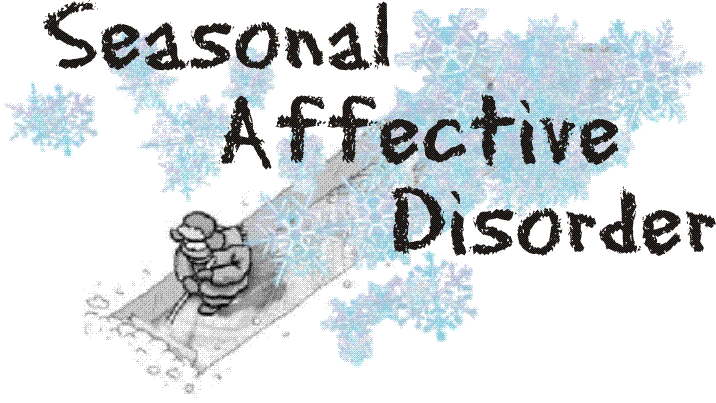
 As the seasons change from fall to winter, many people find themselves experiencing symptoms of the “winter blues.” Prone to simply brush these symptoms off as just being in a “funk”, many people think they just have to “tough it out” and wait for the sun to shine more brightly again. What these people may be experiencing is a form of depression called “seasonal affective disorder“(SAD). In most cases, seasonal affective disorder symptoms appear during late fall or early winter and go away during the sunnier days of spring and summer. Symptoms may start out mild and become more severe as the season progresses.
Symptoms specific to winter-onset SAD, sometimes called winter depression include:
As the seasons change from fall to winter, many people find themselves experiencing symptoms of the “winter blues.” Prone to simply brush these symptoms off as just being in a “funk”, many people think they just have to “tough it out” and wait for the sun to shine more brightly again. What these people may be experiencing is a form of depression called “seasonal affective disorder“(SAD). In most cases, seasonal affective disorder symptoms appear during late fall or early winter and go away during the sunnier days of spring and summer. Symptoms may start out mild and become more severe as the season progresses.
Symptoms specific to winter-onset SAD, sometimes called winter depression include:
 Bear Lake Memorial's Physical Therapy Sports Medicine and Rehab's Justin Brunner, PT shares with hospital employees tips to avoid injury in the winter months. Follow this link to watch
Bear Lake Memorial's Physical Therapy Sports Medicine and Rehab's Justin Brunner, PT shares with hospital employees tips to avoid injury in the winter months. Follow this link to watch 
 The Idaho Hospital Association presents Rod Jacobson with the Steven A. Miller Star Garnet Award on October 10, 2016 at their Annual Conference in Sun Valley.
The Idaho Hospital Association presents Rod Jacobson with the Steven A. Miller Star Garnet Award on October 10, 2016 at their Annual Conference in Sun Valley.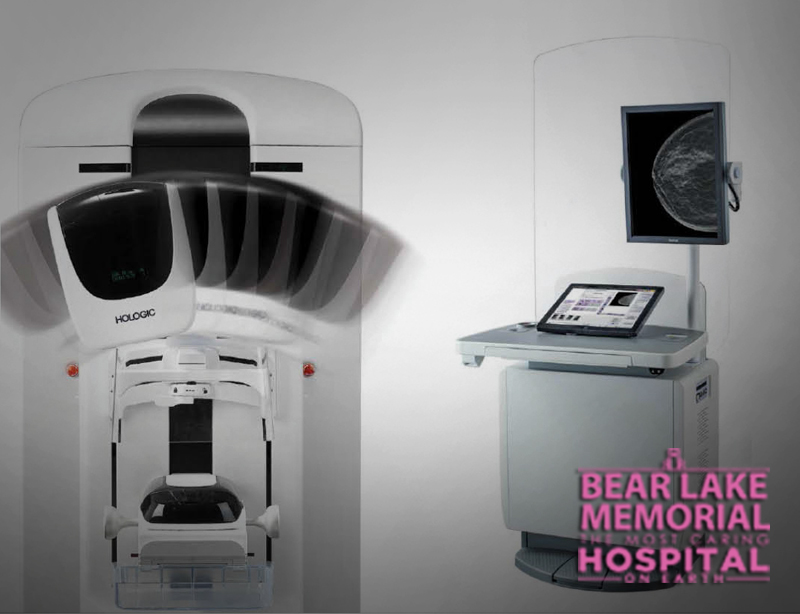
 The Bear Lake Valley Health Care Foundation and the Bear Lake Memorial Hospital Auxiliary have started fundraising for a mammography suite at Bear Lake Memorial Hospital. It is estimated that a new digital 3D mammography machine and suite renovations will cost just over $400,000. We will be one of two 3-D machines in Idaho. Plans are to secure the equipment in the Fall of 2016 and take appointments in November.
Currently, the only mammography services available to the residents of Bear Lake Valley is a mobile unit that comes once each month. For the past twenty years, this service has been provided by Portneuf Medical Center. While Portneuf Medical Center has been good to work with and very accommodating, the fact is that one day per month does not fit all schedules. The mobile unit that we have been using has equipment that is outdated and will be discontinued in the near future. This will leave Bear Lake Valley with no local mammography services.
Idaho women are among the Nation’s lowest obtaining annual mammography screenings. Bear Lake County is ranked 34th out of the 44 counties in Idaho.
Bear Lake Memorial Hospital feels confident that making this service available on a full-time basis could significantly increase the number of women getting their annual scans performed. History shows when a neighboring hospital opened their in-house mammography unit their utilization more than doubled.
Let’s work together to catch breast cancer early!
The Bear Lake Valley Health Care Foundation and the Bear Lake Memorial Hospital Auxiliary have started fundraising for a mammography suite at Bear Lake Memorial Hospital. It is estimated that a new digital 3D mammography machine and suite renovations will cost just over $400,000. We will be one of two 3-D machines in Idaho. Plans are to secure the equipment in the Fall of 2016 and take appointments in November.
Currently, the only mammography services available to the residents of Bear Lake Valley is a mobile unit that comes once each month. For the past twenty years, this service has been provided by Portneuf Medical Center. While Portneuf Medical Center has been good to work with and very accommodating, the fact is that one day per month does not fit all schedules. The mobile unit that we have been using has equipment that is outdated and will be discontinued in the near future. This will leave Bear Lake Valley with no local mammography services.
Idaho women are among the Nation’s lowest obtaining annual mammography screenings. Bear Lake County is ranked 34th out of the 44 counties in Idaho.
Bear Lake Memorial Hospital feels confident that making this service available on a full-time basis could significantly increase the number of women getting their annual scans performed. History shows when a neighboring hospital opened their in-house mammography unit their utilization more than doubled.
Let’s work together to catch breast cancer early!